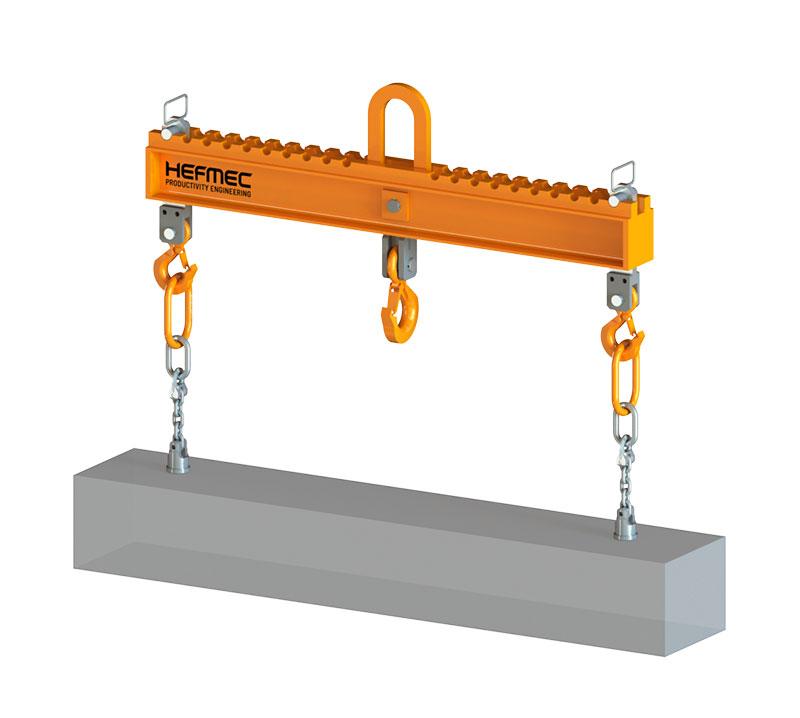Technical calculation is a key tool that can significantly improve productivity in different industries. It enables accurate and reliable analysis, which in turn helps to optimise production processes, reduce costs and improve product quality. Technical calculation allows companies to make informed decisions and anticipate potential problems before they occur.
Basics of technical calculation
Engineering computing covers a wide range of mathematical and physical methods used in engineering and manufacturing technology. It includes, for example, strength calculations, flow calculations and temperature calculations. These computational methods can be used to analyse and optimise the performance of machines and structures and to predict their behaviour under different conditions.
Engineering calculations are often based on computer-aided simulations and modelling, which allow complex systems to be studied. These tools can be used, for example, to assess how materials behave under load or how fluids flow in pipelines. This information is valuable when designing new products or improving existing processes.
The technical calculation also helps to ensure that the solutions designed meet safety and quality standards. This is particularly important when dealing with critical components or systems whose malfunctions can pose significant risks.
How does technical calculation affect productivity?
Technical calculation improves productivity in many ways. Firstly, it enables the optimisation of production processes. When processes are optimal, they consume fewer resources and produce less waste. This leads directly to cost savings and improves the competitiveness of the company.
Secondly, technical calculation helps to anticipate and prevent potential problems. For example, strength calculations can help identify structural weaknesses before they cause failures or accidents. This reduces downtime and improves the availability of production lines.
Thirdly, technical calculation allows you to improve the quality of your products. Accurate analyses can ensure that products meet stringent quality requirements and perform reliably under different operating conditions. This increases customer satisfaction and reduces the number of complaints.
Best practices in the use of technical computing
It is important to use the right tools and methods to make use of technical calculation. This requires that the company has up-to-date software and hardware to enable accurate and reliable analysis. It is also important that staff are trained to use these tools effectively.
Another key factor is cooperation between different departments. Technical calculation is not just a tool for engineers, but its results can be widely used throughout the organisation. For example, production, quality control and product development departments can all benefit from the information generated by technical calculation.
Thirdly, it is important that the results of the technical calculation are properly documented and shared. This will ensure that all parties are aware of the analyses carried out and the decisions taken on the basis of them. Good documentation also helps to assess afterwards how well the solutions adopted have worked in practice.
Future prospects for technical calculation
The importance of technical calculation is likely to grow in the future. With digitalisation and the Industrial Internet of Things (IoT), more and more data will be available for analysis. This will enable more accurate and comprehensive analyses, which in turn will improve the quality of decision-making.
In addition, emerging technologies, such as artificial intelligence and machine learning, offer new opportunities for technical computing. For example, these technologies can be used to predict equipment failure and optimise maintenance operations more accurately. This reduces downtime and improves the availability of production lines.
Hefmec is committed to staying at the forefront of technical computing developments and using the latest technologies for the benefit of its customers. We have the ability to solve the most demanding industrial production problems and always take full responsibility for our work. If you are interested in improving your productivity through technical computing, please contact us and let us know your needs. Together, we can design and implement solutions that will take your production to the next level.




